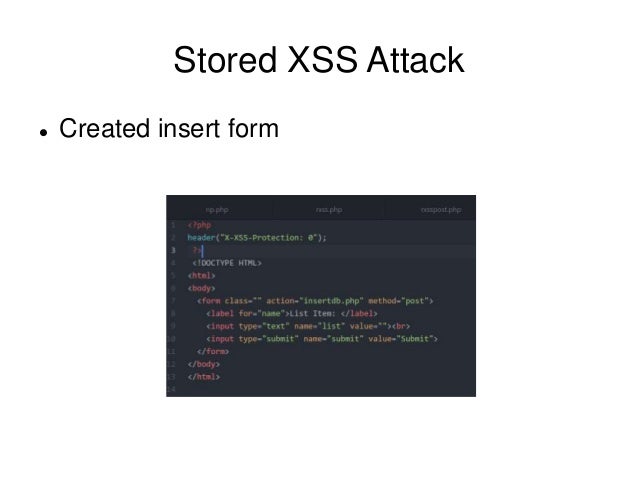

Types – Reflected XSS, Stored XSS, DOM- Based XSS.

#SESSION FIXATION ATTACK CODE#

The hacker sends the user a crafted login that contains the hidden field with the fixed session ID.Attacker has to wait for the user to login.The hacker would have sent the email containing the Session ID.The hacker or attacker already has information about the session ID of the user.There are five key methods of Session hijacking: Manipulation done between the browser and application.Very similar to the Man in the Middle Attack.Hacker acts like a proxy server and will be able to read, modify or edit the data.Hacker can split the original TCP connection into two new connections, Client and hacker and another hacker and server.The hacker intercepts the communication between two systems.Can be done with malicious JavaScript codes.Cross Site Scripting attack is very common to steal the session token.Hacker hijacks the session ID by using the malicious code or programs running at the client side.The hacker gets unauthorized access to the web server.Ĭlient Side attacks – ( XSS, Malicious JavaScript Codes, Trojans).Attacker uses a valid sniffer to capture the valid session ID.Session token should be extremely descriptive for the hacker to not recognize it easily.Session ID should be unpredictable in the browser or the web application.Session Hijacking WorkflowĪ session Token can be compromised by the following ways: This session hijacking is common for browser sessions and web applications. The more accurate information that a hacker gets regarding our sessions, the more precise is the hacker’s attack. The other name for the session hijacking is Cookie Hijacking or cookie side jacking. The best use case is when we log in to our web application, say banking application, to do some financial transaction. The session is live when we log into any service. Session hijacking refers to an attack on a user session by a hacker. Introduction to session hijacking and cookies The best use case is to track the number of unique visitors to the website. They can be used as silos or can be used together. There are primarily the following types of session management: These are both enabled in web applications. This makes us bring in the concept of session management which primarily interfaces the authentication and access control. Current command is not dependent on the previous command. The response pair and request are completely Predictable Session Tokens of the similar web interface and interactions. Transactions are created that belong to the same user. HTTP is the communication protocol that websites and browsers use to interact and share the data. Session management is a rule interface that helps interaction of the user with the web applications. Finally, learn how we can prevent the session hijacking. Get to know the differences that are present between session hijacking, session fixation and session spoofing, and also the activities that attackers will perform after the successful session hijacking. You will also learn how the key methods of session hijacking helps the hacker to penetrate the session. You will learn about session management with its applications and the common ways of hacking session tokens. In this article we will be talking about session hijacking and exploitation.


 0 kommentar(er)
0 kommentar(er)
